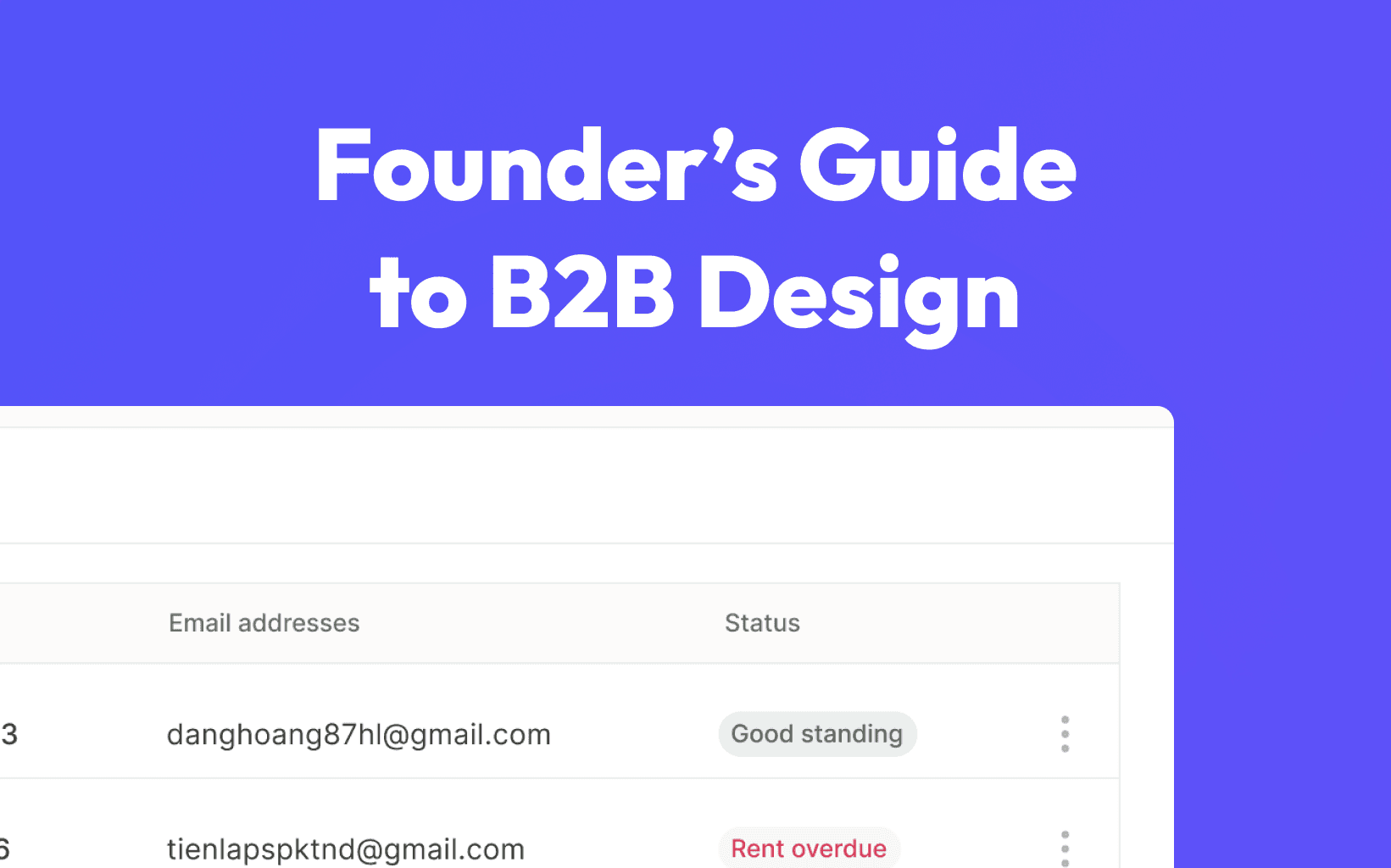
6 min
During my time at Felloz, my main task was to find product-market fit for our app. As a founder & product owner, my first question was: What is it and when do you achieve it? With this guide, I want to provide you with the information I needed during that time but couldn’t find.
The issue with most product market fit guides

If you google “product-market fit mobile app”, you’ll find a lot. They usually tell you what metrics to focus on and how to increase them. What was missing was “When do you reach it?” Do I have market fit if 1 user uses the app constantly? Maybe if we have 100 users? What if I have 10.000 downloads but no paying customers? Let me show you how to figure this out:
The 3-metric formula
If *X* people do *this* *X times a week*, we have product market fit.
Let’s split this up:
1. X amount of people — The number
It matters if your app has 1, 100 or 10.000 users. It also matters what they are doing inside your app. For instance, 10.000 users opening your app once a week is much less important than 100 users inviting friends or ordering a meal.
Here are some benchmarks I remember from my research or talking with other founders (no sources here):
1.000 people ordering food once a week
500 people adding a habit to your app once a week
100 people being subscribed for 10€ a month, for a minimum of 3 months
Should you aim for waaaay more than that? Yes.
Did you miss your goal if it is only 999 users? No.
2. Do this — The task
A user alone does not matter. They need to take action inside your app. Your primary action is the best metric to track: Ordering food, posting something or subscribing to a paid plan.
Pro Tip: If you measure, only add the most important actions. It’s easy to get lost when you want to measure everything, especially because setting up the tracker and reading the data takes time you should invest somewhere else.
Pro pro tip: This task should also prove that your business model works. This is important for investors. Depending on the type of solution, you might not need a business model yet (Like early Facebook).
3. X times a week — The timeframe
Finally, it’s important in which timeframe those tasks should be done. Someone who uses the app once and then deletes it is not a real user. They have to do something.
Here are a few benchmarks:
Order food once a week
Open the menstruation app once a month
Check sports results once a day
How to measure — The cohort analysis
Cohort means to take every user you have on Day 1 and track them until Day 30. If new users join during this time, don’t add them. Then, after 30 days, you will have something like this:
Total: 550 users
🔄
Did the task: 200 users
🔄
Did the task once a week: 100 users.
Congratulations, you did it. Now you know your product solves a problem and should be shown to even more people.




